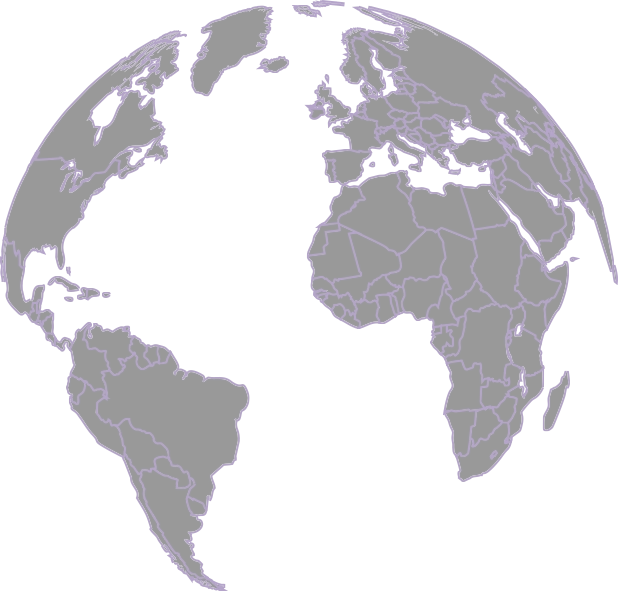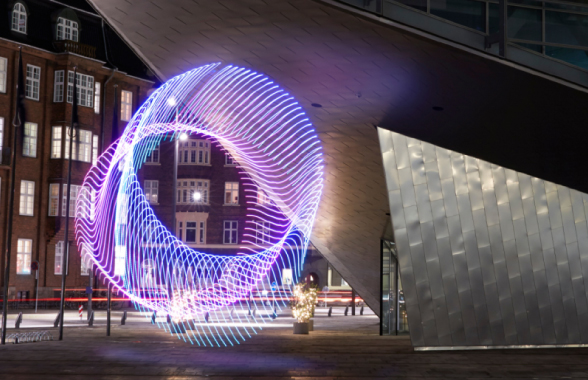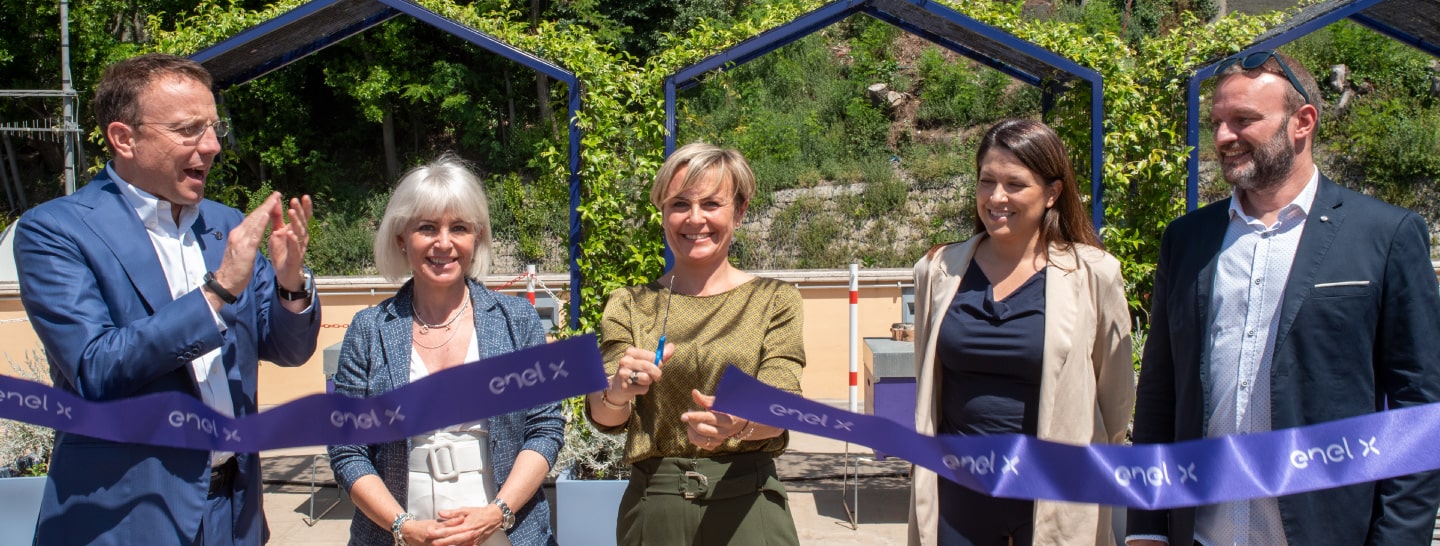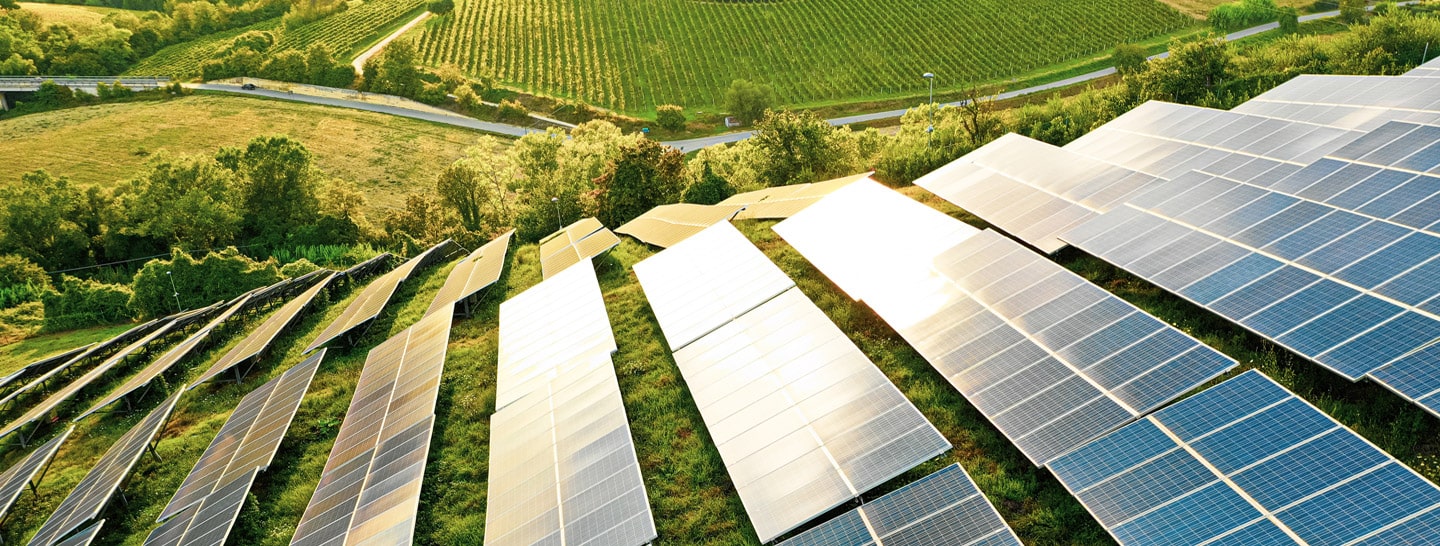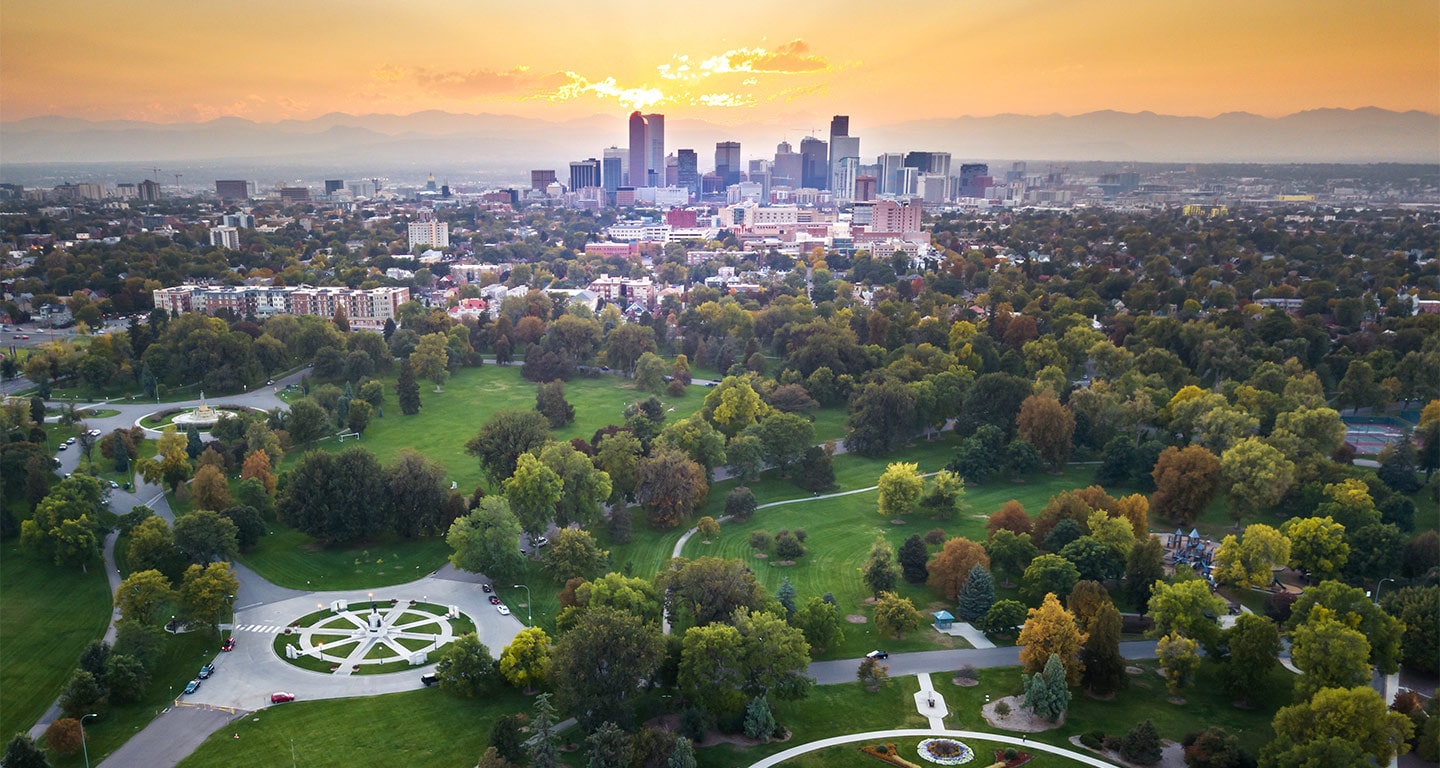Why is biodiversity important?

How to protect biodiversity?
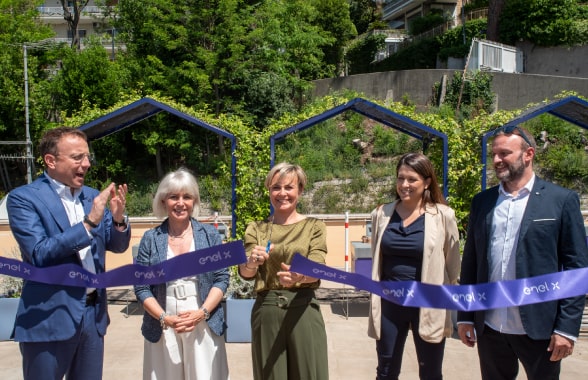
The human impact on the planet, including climate change, is the biggest threat to biodiversity.
In other words, humans are slowly destroying the very conditions we need to continue to sustain life.
Therefore the three ways to protect biodiversity are:
- Cut pollution and emissions
- Limit the overdevelopment of land
- Rebuild the natural habitat of plants, animals and insects where possible
What is urban biodiversity?
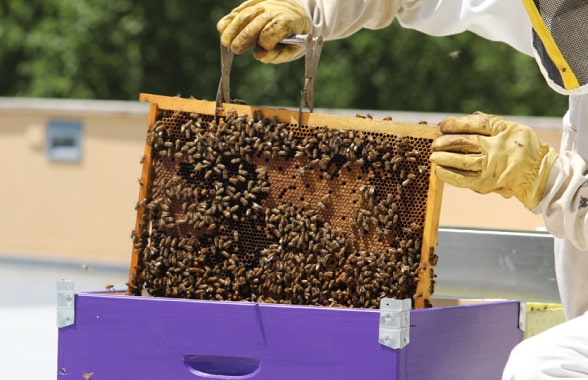
How can biodiversity benefit from sustainable development?
According to the Convention on Biological Diversity, Biodiversity is the term given to the variety of life on Earth and the natural patterns it forms. Biodiversity and sustainable development go hand-in-hand. Indeed, according to the UN, biodiversity is essential for continued human life, while sustainable development is needed to ensure that this life support system is maintained. But why is biodiversity important for sustainability? Simple: biodiversity provides us with many crucial products and services – including food, water, medicines, protection from coastal erosion and mitigation of climate change, with forests absorbing carbon dioxide from the atmosphere. Healthy ecosystems also increase resilience and serve as natural buffers against extreme weather events such as droughts, storms, and other disasters.
How does biodiversity affect sustainability? Without biodiversity we would have no food to eat or clean water to drink, which means reaching key elements of the United Nations’ 17 Sustainable Development Goals (SDGs) would be impossible. Equally important, managing, studying, caring for and teaching about biodiversity also provides jobs – a fundamental source of human sustainability. Biodiversity and sustainability, in other words, form a virtuous circle that enables fulfilling our needs in an environmentally responsible manner, ensuring there are abundant resources for present – and future – generations.
Examples of preserving biodiversity
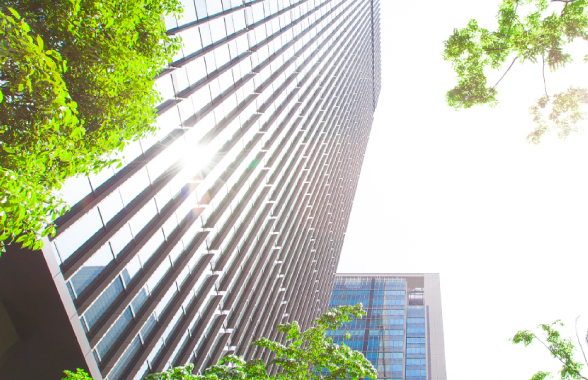
The Collepardo Caves in central Italy, with their spectacular stalactite and stalagmite formations, have long been an attraction for scientists and tourists alike.
The caves are also home to a large bat population that supports the ecosystem in the surrounding natural park. The local authorities decided to install a new lighting system featuring 198 LED light points with differentiated brightness for a specific function, adjusting to the tour path and the amount of natural light entering the cave. Hence, this solution safeguards the cave’s extremely fragile ecosystem, coupled with a 95% reduction in energy consumption.
Also in central Italy, a large building on the outskirts of Rome hosts three beehives with a total population of 180 thousand bees cultivated by Apicultura.it. Cities and companies around the world now host “urban beekeeping” areas that are safe havens for bees, far from the chemical pollution associated with industrial agriculture. Moreover, cities provide a particularly diverse range of nectar sources effectively supporting pollinator species.
Santiago, Chile offers two examples of how to protect biodiversity in an urban setting:
- Parque Eduardo Frei Montalva, which has become Latin America's first Smart Plaza. Located at the crossroads between the municipalities of La Florida, Peñalolén, and Macul, this a 23,000-square-meter urban space where nature and park areas are dotted with cycling paths, children’s games, and exercise machines. The area offers a public 5G service, video surveillance and analysis cameras, sensors for air and noise pollution, as well as charging stations for EVs.
- Santiago’s Mandarin Oriental Hotel boasts a living roof employing a mix of technology and urban biodiversity. The 21.6 kWp solar PV system meets the hotel's power needs, and two beehives, a greenhouse, eight fruit trees and a vegetable garden demonstrate how no space is too small to protect biodiversity.
In Lima, Peru, the Cajas nido del Bicentenario project creates breeding sites for bird species that can thrive in the urban environment. This project calls for 37 birdhouses, located in 11 of Lima’s urban conservation areas, helping local institutions bolster the city’s biodiversity levels.
Smart lighting systems in Brazil are engineered to lower the impact on sea life and the habitat of nocturnal species. Carbon emissions detection kits are distributed in Spain, and training and awareness courses are dedicated to such topics as urban biodiversity, emissions, and climate change.
